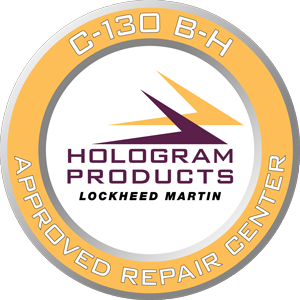Hydraulic Pumps
Repairing aircraft hydraulic pumps is a complicated task that frequently includes the following steps:
1. Diagnosis:
The first step is to identify the problem. Noises, a lack of pressure, or other signs of failure may be present. Maintenance experts will use diagnostic equipment and instruments to determine the root of the problem.
2. Disassembly:
Once the problem has been identified, the hydraulic pump is then meticulously disassembled, paying particular regard to the pieces’ integrity.
3. Cleaning and Inspection:
All parts are thoroughly cleaned after disassembly to eliminate oil, grime, and any other pollutants. The components are next examined for visible signs of wear, damage, or flaws. This is an important step since it will assist determine which parts need to be repaired or replaced.
4. Component Replacement:
Any worn or broken components are replaced with new ones. Bearings, seals, valves, and other components may be included. It is critical that any replacement parts meet the aircraft’s requirements and standards.
5. Reassembly and Testing:
The hydraulic pump is then carefully reassembled, making certain that all components are properly aligned and firmly connected. The pump must be verified after reassembly to verify proper operation. This includes testing the pump for leaks, sufficient pressure, and proper operation.
6. Documentation:
Extensive records are kept of all procedures performed, parts replaced, and tests completed. This documentation is required to meet both safety regulations and future maintenance requirements.
Keep in mind that the specifics of these processes may differ depending on the kind and model of aircraft, as well as the type of hydraulic pump used. The procedure may also vary based on whether it is a standard maintenance check or if there is a specific failure or issue that has to be addressed.




